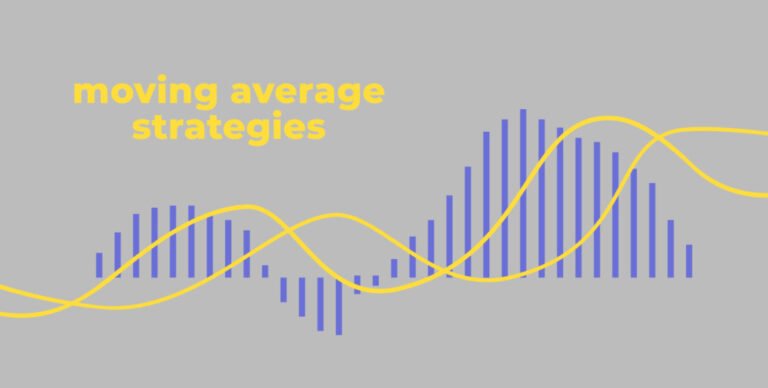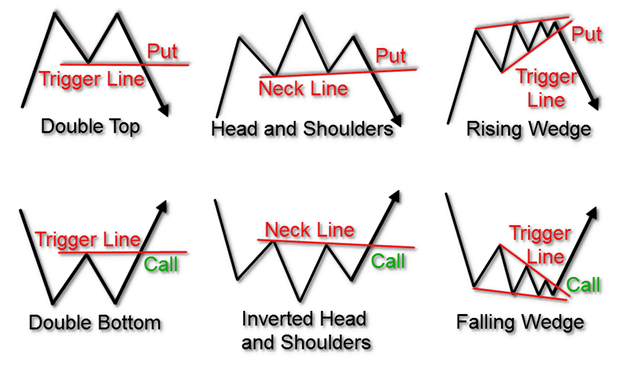Introduction
Moving averages are a popular tool in the world of trading that can help identify trends, potential entry and exit points, and provide clarity in a sometimes chaotic market. There are various moving average strategies that traders can use to improve their trading performance and increase their chances of success. In this article, we will explore some of the best moving average strategies that you can incorporate into your trading routine.

- Simple Moving Average (SMA)
The Simple Moving Average (SMA) is a basic yet effective moving average strategy that calculates the average price of an asset over a specific period. Traders often use the SMA to smooth out price movements and identify trends. The most common SMA periods are 50-day and 200-day, where crossing of these moving averages can signal potential trend changes. - Exponential Moving Average (EMA)
The Exponential Moving Average (EMA) is a more responsive moving average compared to SMA. The EMA assigns more weight to recent prices, making it quicker to react to price changes. Traders often use the EMA to capture shorter-term trends and generate signals for entries and exits in the market. - Moving Average Crossover Strategy
The MA Crossover Strategy involves using two different moving averages and identifying when they cross over each other. For instance, a popular crossover strategy is the 50-day EMA crossing above the 200-day EMA, signaling a potential uptrend, and vice versa for a downtrend. This strategy can help traders capture trend reversals and filter out noise in the market. - MACD
The MA Convergence Divergence (MACD) is a versatile indicator that combines moving averages with the MACD line and signal line. Traders use the MACD to identify trend strength, momentum shifts, and potential buy or sell signals. When the MACD line crosses above the signal line, it can indicate a bullish trend, while a cross below can signal a bearish trend. - Dual MA Strategy
The Dual MA Strategy involves using two different moving averages to generate trading signals. For example, traders might use a short-term EMA and a long-term SMA. A buy signal is generated when the short-term EMA crosses above the long-term SMA, and a sell signal is triggered when the opposite occurs. This strategy can help traders capture trends and filter out noise in the market.
Conclusion
MA are powerful tools that can enhance your trading strategy and help you navigate the complexities of the market. By incorporating some of the best MA strategies discussed in this article, you can improve your trading performance, identify profitable opportunities, and make more informed trading decisions. Remember to test these strategies on demo accounts before implementing them in live trading and always practice risk management to protect your capital. Happy trading!



